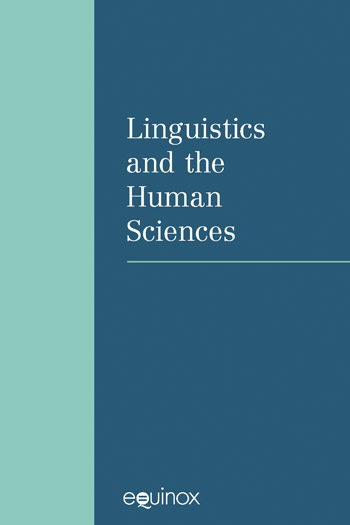Readings in Systemic Functional Translation Studies
Considerations of Metafunctions
Bo Wang [+–]
Faculty of Arts and Humanities, University of Macau
Yuanyi Ma [+–]
Christian M.I.M. Matthiessen [+–]
University of International Business and Economics (UIBE), Beijing
Beijing, Distinguished Professor of Linguistics, in the School of Foreign Languages, Hunan University, Guest Professor at Beijing Science and Technology University, and Honorary Professor at the Australian National University. Before this, he was Chair Professor, Department of English, The Hong Kong Polytechnic University, and Professor in the Linguistics Department of Macquarie University. Professor Matthiessen has worked in areas as diverse as language typology, linguistics and computing, grammatical descriptions of various languages, grammar and discourse, healthcare communication studies, functional grammar for English-language teachers, text analysis and translation, multisemiotic studies, and the evolution of language. He has supervised over 40 research students.
This book is a collection of studies on translation that focus on metafunction – one of the most important organizing principles in Systemic Functional Linguistics (SFL). Chapter 1 examines translation equivalence and translation shift in relation to the four metafunctional modes of meaning, interprets the trade-offs in choices made in translation and summarizes the different types of metafunctional translation shifts. Chapter 2 identifies the priority of translation equivalence in terms of the different modes of meaning based on the analysis of Confucius’s The Analects and its translations. Chapters 3-9 focus on the metafunctions, which include the textual metafunction (Chapters 3 and 4), the interpersonal metafunction (Chapter 5 and 6), the experiential metafunction (Chapters 7 and 8) and the logical metafunction (Chapter 4 and 9). Different systems are involved in the analysis from Chapters 3-9, including THEME (Chapters 3 and 4), MOOD (Chapter 5), APPRAISAL (Chapter 6), TRANSITIVITY (Chapters 7 and 8) as well as TAXIS and LOGICO-SEMANTIC TYPE (Chapters 4 and 9).







